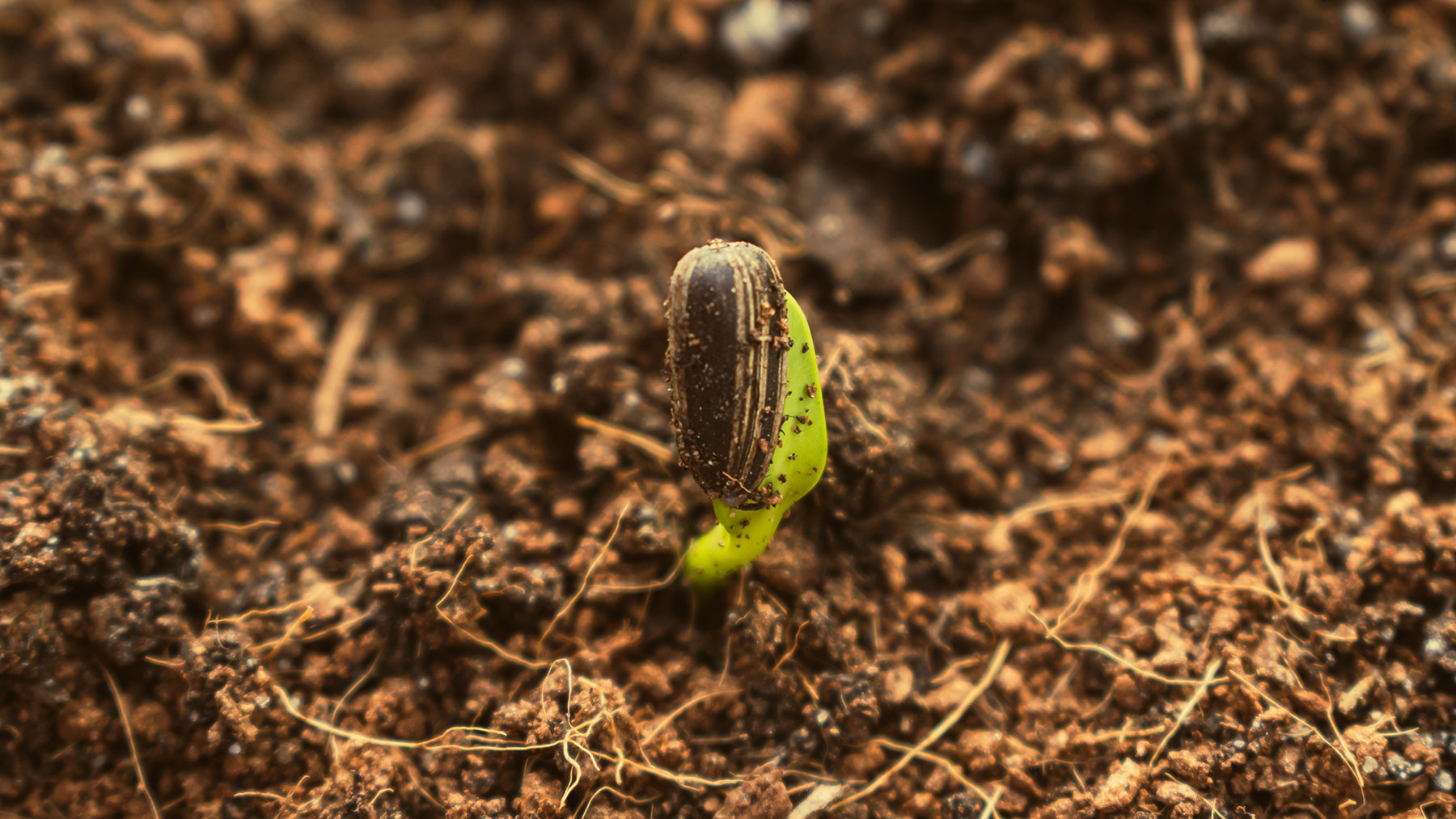How to grow sunflowers in your yard — top tips from a garden expert
Bring sunshine into your garden

Sunflowers are one of the most popular flowers to plant for summertime. Their large and vibrant flower heads look striking in any yard and also benefit the nearby flora and fauna.
Apart from adding height, structure, and color to your yard, sunflowers attract bees, butterflies, and birds, are a good companion plant, and improve soil health. Their bright, nectar-rich blooms feed pollinators, while as companion plants, they attract ladybirds and lacewings, which help control pests. Their deep roots also help to aerate the soil, improving its health by allowing for better root penetration and drainage.
Sunflowers are also easy to grow and are often the first choice for kindergartens to give little ones their first experience of growing plants from seeds. Despite this, whether you are five or 75, sunflowers are still fun to grow and will provide a beautiful display in your yard for all generations to enjoy.
Here, Lucy Taylor, manager at Vine House Farm, shares her expert tips on the best ways to grow sunflowers for a spectacular summertime display.
1. Where to plant sunflowers

Before you’ve even put on your best gardening gloves it’s essential to consider what growing conditions sunflowers prefer and the best place in your yard they’ll thrive.
“Sunflowers need lots of sunlight to be able to grow. Around 6-8 hours of direct sunlight per day is ideal, especially for bigger varieties,” says Taylor.
“If you’re initially sowing the seeds under cover in pots, they’ll thrive in a greenhouse or very well-lit window sill. When sowing seeds or re-planting in the ground, choose a spot that gets a good amount of sunlight. “
She suggests choosing areas that are south-facing and sheltered from the wind. However, if this is not possible and your location is more exposed, Taylor advises supporting the stems of your sunflowers with stakes.
Sign up to get the BEST of Tom's Guide direct to your inbox.
Get instant access to breaking news, the hottest reviews, great deals and helpful tips.
2. Think about the soil

Sunflowers are hungry plants that need lots of nutrients to grow their bright petals and seeds, according to Taylor, and it’s particularly important if you are growing larger varieties.
Because of this, she suggests using nutrient-rich soil when you’re growing your sunflowers. “If you’re planting under cover or in pots, you’ll want to use peat-free multi-purpose compost. If you’re planting outside, it’s advisable to dig in organic matter or aged manure.”
However, if this isn’t possible, Taylor suggests working a slow-release fertilizer into the ground. “Dig this in when planting — around 8 inches deep into the ground is ideal. Depth is very important, as this will ensure there’s plenty of food available for your sunflower’s long roots.”
3. Drainage is important too

Sunflowers will grow best in well-drained soil. “Heavy clay soil can retain water, leading to irrigation problems and cause root rot for sunflowers. If your garden has clay-heavy soil, dig in peat-free multi-purpose compost into areas where you are planting.”
How to tell if you have clay soil
Grab a handful of soil. If it holds its shape when you open your hand and doesn’t change even when you poke it, it’s clay.
4. Give your sunflowers space to grow

Sunflowers have long tap roots that need space to spread out and grow without being restricted. “If dug into flower beds or planted in pots, make sure there is enough depth for their roots. Most varieties will need at least 8 inches to grow down,” advises Taylor.
When sowing seeds, she recommends thinning them to around 12 inches apart for dwarf varieties and 3 feet apart for taller varieties.
And if you’re growing taller varieties, she says, “Make sure they have enough space to grow upwards to their potential tallest height.”
Park Seed Vincent's Choice Sunflower Seeds, pack of 25 seeds: $7.95 @ Amazon
Vincent's Choice is a sunflower that doesn't require the long sunlight times of standard sunflowers. It reaches 5ft, with large blooms of bright gold with a rich brown center. They are also pollen free, making them good for cutting, as they don't make a mess.
5. The best way to water sunflowers

To ensure you get the most out of your sunflowers, they will need careful watering from germination to when and after they bloom.
Talor says that sunflower seeds germinate in around ten days when kept in the right conditions and that keeping the soil moist at this stage is especially important. “If you are planting them undercover first, water them daily so the soil is moist but not wet, and ensure seedling pots are well drained.” She also suggests covering the pots with cling film to retain moisture.
When planted outside, sunflowers need to be kept moist with rainfall and irrigation. “The three weeks after they have bloomed are the most important for keeping them watering,” adds Taylor, “as this will develop the thickness of their stems.”
However, she does warn, “Be wary of the soil dampness after rainfall and add more water if it is too dry during periods of low precipitation.”
The difference between watering seedlings and established plants
Once your sunflowers are established, they will require less water than seedlings, but be careful not to let the soil dry out. “Sunflowers are partially drought-resistant but will dry out with extended periods without water, and as well as smaller, duller flowers, this can lead to stems drooping, which can be difficult to correct,” says Taylor.
To ensure your sunflowers gain enough water, she suggests relying on the rain or yourself to water them at least twice a week and checking the soil around the root area regularly — if it feels cool to the touch, it is moist enough.
It’s also important to ensure plenty of drainage, especially if you grow sunflowers in pots. If you experience a period of heavy rain, be sure to check that the soil isn’t getting too saturated. “Aside from using good quality, peat-free compost, if you are planting in pots,” says Taylor, “you should ensure they have adequate drainage systems to avoid root rot.”
More from Tom's Guide

Camilla Sharman has worked in publishing and marketing for over 30 years and has covered a wide range of sectors within the business and consumer industries both as a feature, content, and freelance writer.
As a business journalist, Camilla has researched articles for many different sectors from the jewellery industry to finance and tech, charities, and the arts. Whatever she’s covered, she enjoys delving deep and learning the ins and out of different topics, then conveying her research within engaging content that informs the reader. In her spare time, when she’s not in her kitchen experimenting with a new recipe, you’ll find her keeping fit at the gym. In the pool, stretching at a yoga class, or on a spin bike, exercise is her escape time. She also loves the great outdoors and if she’s not pottering about in her garden, she’ll be jumping on her bike for a gentle cycle ride.

